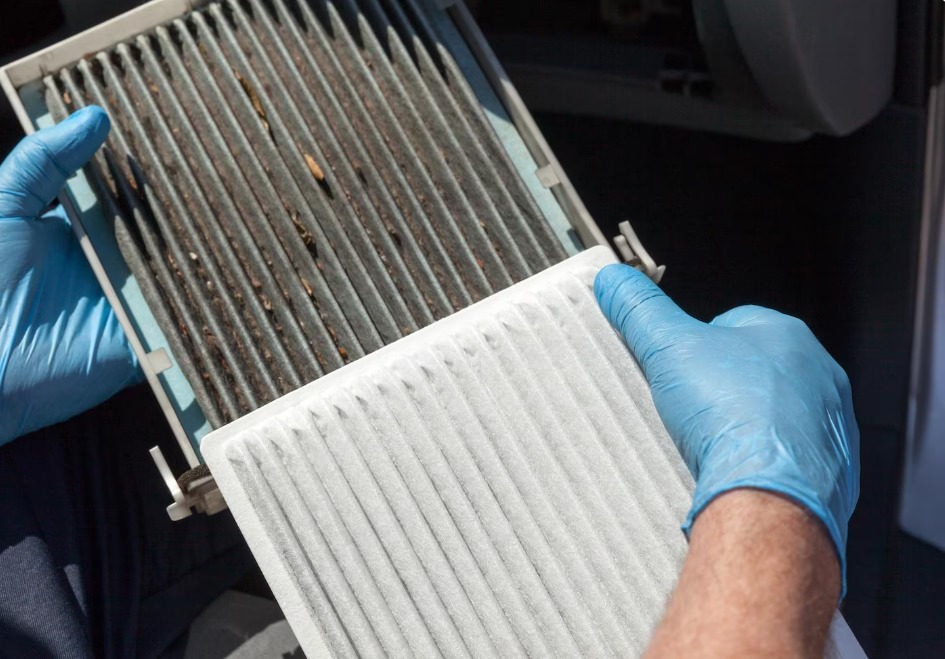Home is where we are the most comfortable. But, are you doing the proper things to maintain the comfort of your home? We are speaking of the HVAC filters in your comfort zone. Are the filters changed regularly to ensure the best performance of your air conditioner? If not, you might be experiencing the summer heat a bit harsh by now.
Getting rid of excessive dust can help improve the air quality in your home and prevent costly repairs. It can also help keep your heating system running at its maximum capacity. Having a properly installed air filter can additionally help lower your utility bill.

Perks Of Getting Your Air Filter Changed Regularly:
1) Enhances The Efficiency Of Your HVAC
2) Helps Save Money
3) Improves The Air Quality Inside The Home
4) Improved Airflow
5) Increases The Lifetime Of HVAC
6) Improves The Home Comfort Factor
Call Now For AC Repair In Altamonte Springs
We provide the best AC Services in Altamonte Springs, FL. Contact us for more information about air filters and how they can improve the efficiency of your HVAC system and home air quality.
Ideally, you should change your air filter every three to six months. More specifically, changing the filter every 90 days is crucial to maintaining a working and efficient HVAC system. External and internal factors can affect the lifespan and performance of a filter, so monitor your filter's condition regularly. A dirty air filter makes it harder for your HVAC system to perform its best, leading to higher energy costs and potentially costly repairs.
There are several types of HVAC filters, each with different levels of effectiveness and cost. Fiberglass filters are the most affordable option and allow good airflow, but they offer minimal filtration and capture only larger particles like dust and lint. They're ideal for basic protection but don't significantly improve air quality. Pleated filters use folded fabric (polyester or cotton) to create more surface area for capturing particles. They're more effective than fiberglass, last longer, and are made from biodegradable materials, making them a popular middle-ground option for most homes. Electrostatic filters use static electricity to attract and trap contaminants. Some are washable and reusable, saving money long-term, though they typically have lower filtration ratings than pleated options.
Finding your filter size is straightforward. Check the frame of your existing filter for printed dimensions, typically shown as length x width x depth (example: 20x25x1). If dimensions aren't printed on the frame, measure your current filter using a tape measure, measure all three sides in inches. Record measurements in the order of length, width, and depth for accurate ordering. Note that actual dimensions are typically 0.5 inches smaller than the nominal size printed on the frame. Once you have the correct size, ensure the filter fits snugly in your system. A properly installed air filter helps maximize HVAC efficiency and performance.
Yes, they are essentially the same. If you have a central HVAC system, you use one filter year-round to protect your heating and cooling system. Whether you're running your furnace in winter or AC in summer, the filter performs the same job: trapping dust, pollen, pet dander, and other airborne particles. This simplifies replacement, you only need to find the right size and specifications for your system, not different filters for different seasons.



